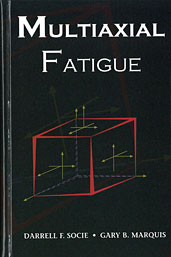Technical Paper
A Survey of Vehicle Dynamics Models for Autonomous Driving
2024-04-09
2024-01-2325
Autonomous driving technology is more and more important nowadays, it has been changing the living style of our society. As for autonomous driving planning and control, vehicle dynamics has strong nonlinearity and uncertainty, so vehicle dynamics and control is one of the most challenging parts. At present, many kinds of specific vehicle dynamics models have been proposed, this review attempts to give an overview of the state of the art of vehicle dynamics models for autonomous driving. Firstly, this review starts from the simple geometric model, vehicle kinematics model, dynamic bicycle model, double-track vehicle model and multi degree of freedom (DOF) dynamics model, and discusses the specific use of these classical models for autonomous driving state estimation, trajectory prediction, motion planning, motion control and so on.

